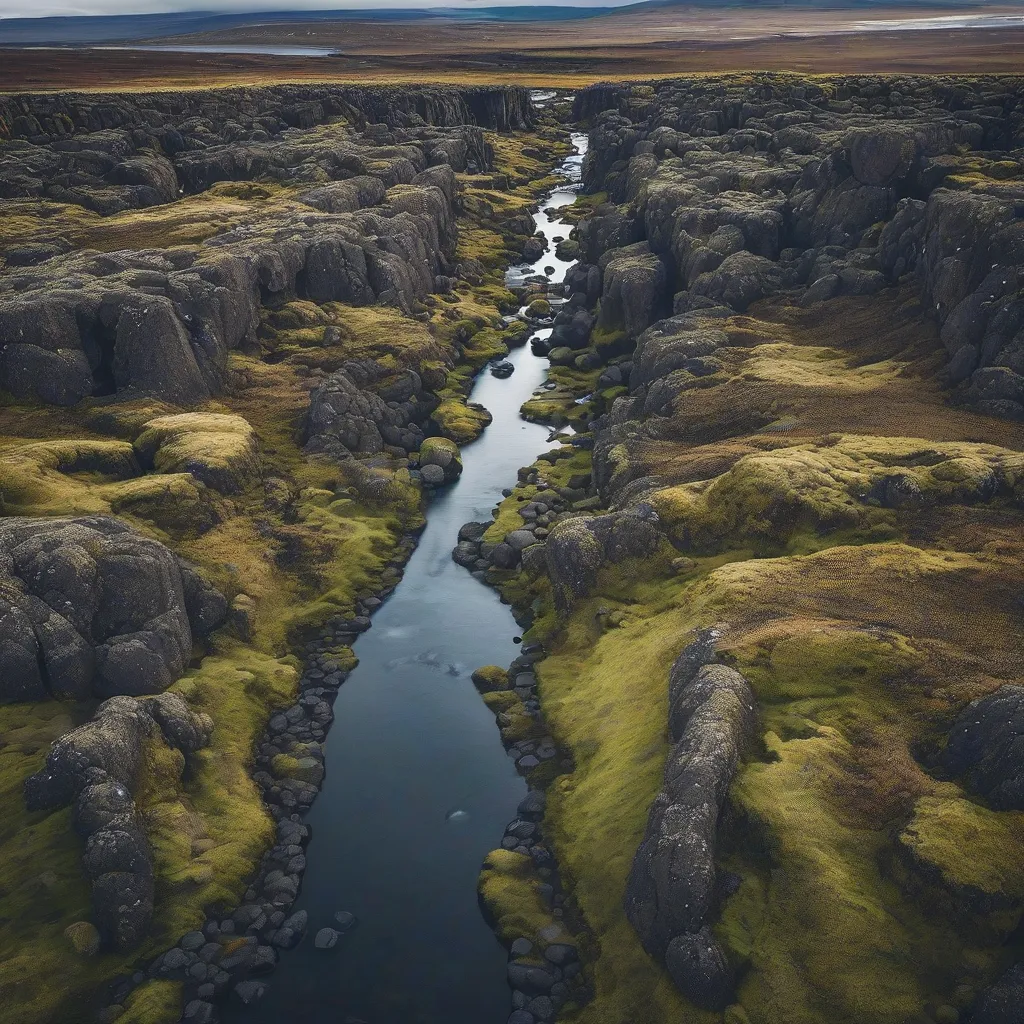Have you ever wondered how earthquakes send their tremors across vast distances? It’s like a secret message traveling underground, reaching from one corner of the world to another. This fascinating phenomenon is all about seismic waves, and today, we’re diving deep into the world of S waves to understand how they move and what they reveal about our planet.
Unraveling the Mystery of S Waves
S waves, also known as secondary waves or shear waves, are one of the two main types of seismic waves that travel through the Earth’s interior, the other being P waves (primary waves). Imagine holding one end of a rope and giving it a flick. You’ll see a wave travel down its length – that’s similar to how S waves move.
The S Wave Shuffle: A Dance of Particles
Here’s the key difference between S waves and P waves:
- P waves: These are compressional waves, meaning they cause particles to move back and forth in the same direction the wave is traveling. Think of a slinky being pushed and pulled – that’s the P wave vibe.
- S waves: These are transverse waves, meaning they cause particles to move perpendicular to the direction of wave propagation. Imagine shaking the same rope up and down – that’s an S wave in action. This side-to-side motion is what gives S waves their “shear” name.
Journey to the Center of the Earth: S Waves and Earth’s Layers
S waves are slower than P waves, and they have another unique characteristic: they cannot travel through liquids. This seemingly simple fact has revolutionized our understanding of the Earth’s interior.
You see, when scientists studied the seismic waves generated by earthquakes, they noticed that S waves were absent in the shadow zone on the opposite side of the globe. This led to a groundbreaking discovery: the Earth’s outer core is liquid!
Why Does It Matter? The Importance of Understanding S Waves
Studying S waves is not just an academic exercise. This knowledge has practical applications, including:
- Earthquake preparedness: Understanding how S waves travel helps us predict the potential impact of earthquakes and design safer structures.
- Exploring for resources: Analyzing the behavior of S waves helps geologists locate valuable resources like oil and gas deposits.
- Unveiling Earth’s secrets: S waves act as probes, revealing the hidden layers and composition of our planet.
 S Wave Motion
S Wave Motion
FAQs: Unlocking the Secrets of S Waves
Q: How fast do S waves travel?
A: The speed of S waves varies depending on the density and rigidity of the material they’re passing through. On average, they travel at speeds between 1.5 to 8 kilometers per second.
Q: Can S waves travel through water?
A: No, S waves cannot travel through liquids. This is because liquids don’t have the shear strength to transmit the side-to-side motion of S waves.
Q: How do S waves help us understand the Earth’s interior?
A: By analyzing the patterns of S wave arrival times and their absence in certain areas, scientists have been able to map out the Earth’s internal structure, including the solid mantle, the liquid outer core, and the solid inner core.
Travel Tip: Feeling the Earth Move
Want to experience the power of Earth’s forces firsthand? Consider a trip to Iceland, a land sculpted by volcanic activity. Explore the dramatic landscapes of Thingvellir National Park, where you can actually walk between the North American and Eurasian tectonic plates. Talk about feeling connected to the Earth!
 Tectonic Plates at Thingvellir National Park
Tectonic Plates at Thingvellir National Park
Conclusion: Riding the Seismic Waves of Knowledge
Understanding how S waves travel opens up a window into the heart of our planet. From revealing the Earth’s layered structure to aiding in earthquake preparedness, the study of these seismic waves continues to shape our understanding of the ground beneath our feet.
For more insights into the fascinating world of waves and their impact on our planet, be sure to explore other informative articles on TRAVELCAR.edu.vn. We’re passionate about sharing our knowledge and inspiring your next adventure!

